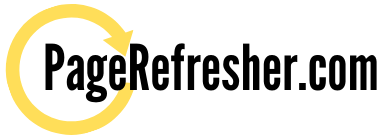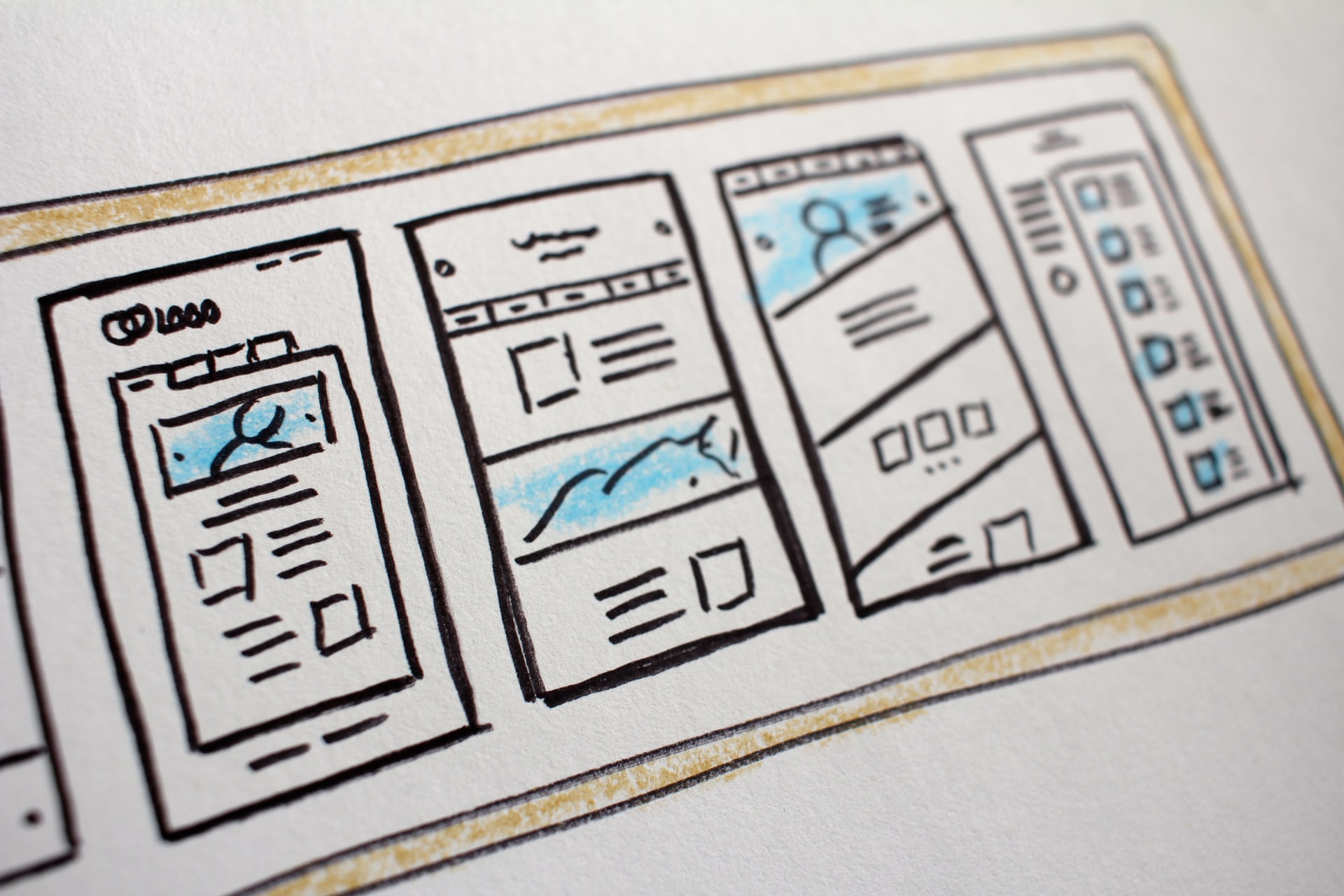Partial Page Making Utilizing Hidden Iframe
Partial-page making gets rid of the requirement for the entire websites to be revitalized as the outcome of a postback. Rather, just specific areas of the page that have actually altered are upgraded.
As a result, users do not see the entire page reload with every postback, that makes user interaction with the Websites more smooth.
Designers that wish to include such habits to their websites are frequently confronted with a hard choice. All of these actions can be executed utilizing a really basic option: by revitalizing the whole page in action to the user interaction. Nevertheless this service is simple however not constantly preferable. The complete page refresh can be sluggish, offering the user the impression that the application is unresponsive. Another alternative is to carry out such actions utilizing JavaScript (or other client-side scripting innovations). This leads to faster reaction times, at the cost of more complex, less portable code. JavaScript might be a great option for easy actions, such as upgrading an image. Nevertheless, for more complex actions, such as scrolling through information in a table, composing custom-made JavaScript code can be a really difficult endeavor.
This paper offers an option which prevents the disadvantages of the complete page refresh and custom-made JavaScript options. In this paper partial page rendering performance offers the capability to re-render a restricted part of a page. As in the complete page render service, partial page rendering sends out a demand back to the application on the middle-tier to bring the brand-new contents. Nevertheless, when partial page making is utilized to upgrade the page, just the customized contents are returned to the internet browser. This paper offers the option utilizing a surprise Iframe and easy JavaScript to combine the brand-new contents back into the websites. Completion outcome is that the page is upgraded without custom-made JavaScript code, and without the loss of context that generally accompanies a complete page refresh.
Intro:
Websites generally support a range of actions, such as going into and sending type information and browsing to various pages. Numerous websites likewise support another kind of action, which is to permit the user to make adjustments to the contents of the websites itself without really browsing to a various page. Some examples of such actions consist of. Clicking a link might upgrade an image on the exact same page. For instance, a car setup application may upgrade a picture of an automobile as the user selects various choices, such as the favored color. Choosing a product from an option box may lead to adjustments to other fields on the very same page. For instance, picking an automobile make may upgrade the set of offered automobile designs that are shown.
Clicking a link or picking a product from an option could be utilized to scroll to a brand-new page of information in a table. Clicking a button in a table may include a brand-new row to the table.
All of these actions are comparable because they lead to the exact same page being re-rendered in a somewhat various state. Preferably, these modifications must be executed as perfectly as possible, so that the user does not experience a loss of context which might sidetrack from the job at hand.
Partial page making can be executed with really basic option utilizing a concealed Iframe and very little JavaScript. Any part of the page can be partly rendered with utilizing a div or table tags in HTML.
Page Components That May Modification Throughout PPR:
- Re-Render Data: The very same fields are redrawn however their information is upgraded. Examples consist of the Refresh Data action button, or recalculate overalls in a table.
- Re-render Dependent Fields: Fields might be included, gotten rid of, or modification series, and information might be upgraded. Examples consist of the Nation option list, which might show various address fields, and toggling in between Simple and Advanced Browse.
- Hide/Show Material: Both fields and information toggle in and out of view.
Page Components That Do Not Modification Throughout PPR:
Some page aspects are constantly related to a page, despite the material showed on the page.
As a basic guideline, components above the page title (other than message boxes) stay continuous and do not change position, whereas aspects in footer continuous however might go up or down the page to accommodate modifications to page material. The list below aspects never ever alter when PPR is started:
- Branding
- International buttons
- Tabs, Horizontal Navigation, SubTabs
- Locator aspects: Breadcrumbs, Train, Next/Back Locator
- Quick links
- Page titles (very first level header).
- Page footer.
- Separator lines in between the Tabs and Page Title.
Most of the times the list below aspects will likewise not alter, aside from going up or down the page to accommodate altered aspects. However, in specific cases actions on the page might need them to be redrawn:.
- Side Navigation, unless it consists of a Hide/Show control.
- Subtabs.
- Contextual info.
- Page-level action/navigation buttons.
- Page-level Guideline text.
- Page-level Page stamps.
- Page-level Secret Notation.
In all above circumstances this service can be utilized to accomplish the excellent efficiency and user interaction of the websites.
Contexts in Which PPR Must Not Be Utilized:.
When PPR is carried out properly, it considerably enhances application efficiency. When efficiency enhancement is not possible with PPR, it needs to not be executed, hence preventing unneeded code bloat, PPR can’t be utilized when browsing to another page (with a various title).
Conclusion:.
Enhance the user experience with Websites that are richer, that are more responsive to user actions, which act like standard customer applications. Minimize full-page refreshes and prevent page flicker. Partial page rendering utilizing iframe is a really easy service.


Leave a Reply